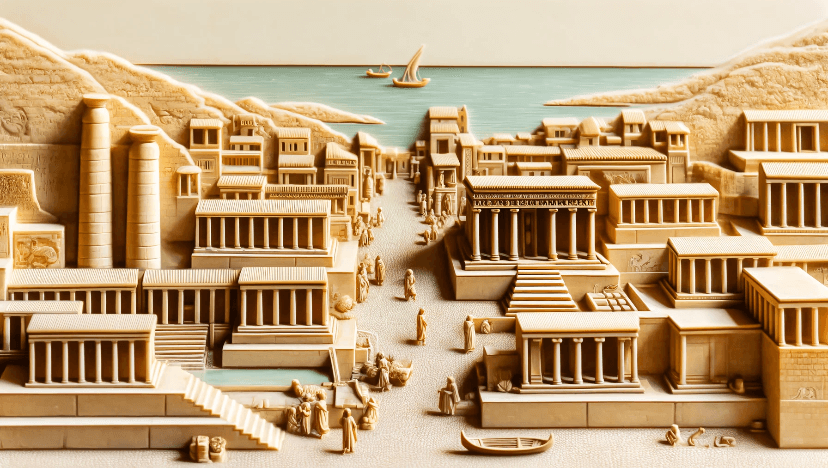"Ugarit: The Mysterious Story of a Lost Civilization"

The discovery of Ugarit was an important event that created great excitement in the archaeological world. This ancient city-state was located in present-day northwestern Syria, near the city of Ras Shamra. The discovery resurfaced this lost civilization, which was not fully known until the early 20th century.
In the late 1920s and early 1930s, French archaeologist Claude Schaeffer began excavations at Ras Shamra. During these excavations, the ruins of Ugarit were unearthed and came as a great surprise to the scientific world. Until this period, Ugarit was considered a forgotten civilization.
The discovery of Ugarit led to the emergence of a large archive of ancient texts. These texts were written using the Ugarit alphabet and provided information on various subjects. These texts included documents covering various subjects such as religious rituals, legal documents, trade records and literary works. This discovery has provided a great treasure for understanding ancient times.
The discovery of Ugarit is considered a major step towards unraveling the mysteries of antiquity and understanding the history and culture of this lost civilization. It also provides a rich resource for archaeologists and historians that requires further research and understanding. The discovery of Ugarit is one of the great success stories in human history in unlocking the secrets of the ancient world.
Ugarit was an important city-state and civilization in ancient times. This city-state was located in a region at the intersection of Anatolia and Mesopotamia during the Bronze Age in the 14th century BC. Although Ugarit came under the influence of various major empires throughout history, it continued to exist as an independent kingdom.
One of Ugarit's most important contributions was the development of the Ugaritian alphabet. Using this alphabet, Ugaritians wrote texts in various languages, which have become a great source of information for archaeologists and historians. Additionally, Ugarit was a center for storing important texts including religious rituals, hymns, and literary works.
There are various theories behind the destruction of Ugarit, but it is thought that this destruction took place approximately in the 12th century BC. This event is associated with attacks by sea tribes and other factors. While the destruction of Ugarit marked the end of this important civilization, its cultural legacy is still a source of great interest to modern historians and archaeologists.


